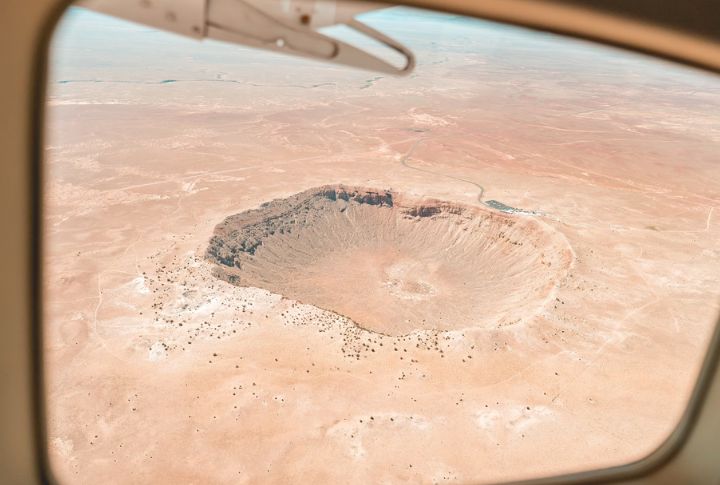
Ever see something that just makes you go, “Wait, what is that?” That’s what researchers thought for years about the Sunbury Earth rings near Melbourne. It turns out that they’re not random at all—these perfectly shaped rings are human-made and hold a deep Aboriginal cultural meaning.
The Discovery That Changed Everything
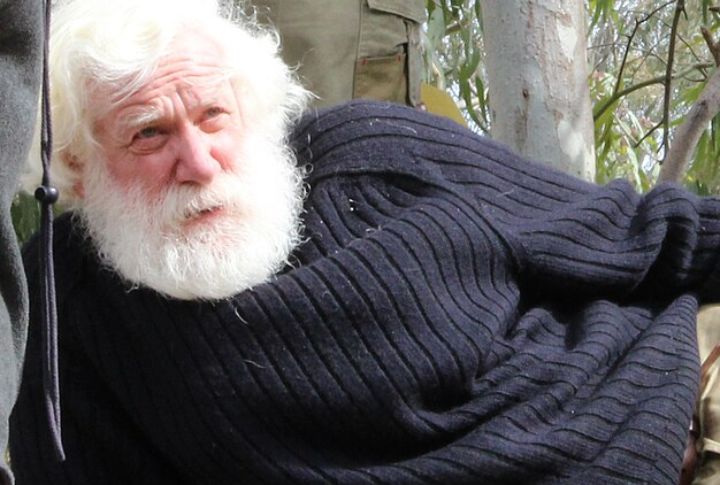
In the early 1970s, the Sunbury Earth rings were formally identified by archaeologist Dr. David Frankel from La Trobe University. While surveying the area, he noticed large, circular depressions in the landscape.
Who Made These Rings
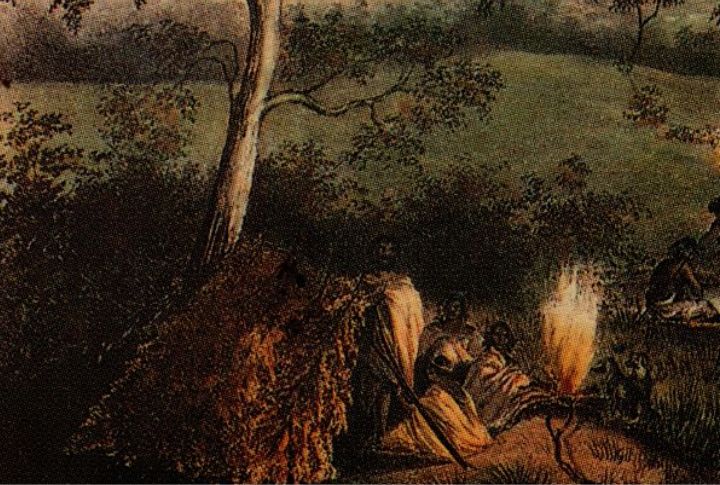
Located roughly 40 km northwest of Melbourne, these rings deviate from natural geomorphology. Structural characteristics and associated artifacts suggest intentional construction by the Wurundjeri Woi-wurrung people.
How Nature Helped With Creation

Nature didn’t build the rings, but she helped. Think of it like teamwork: humans carved the circles, and erosion, rainfall, and soil patterns aged them like vintage artwork. The Wurundjeri Woi-wurrung knew how to work with the land, not against it.
The Process Of Ring Creation
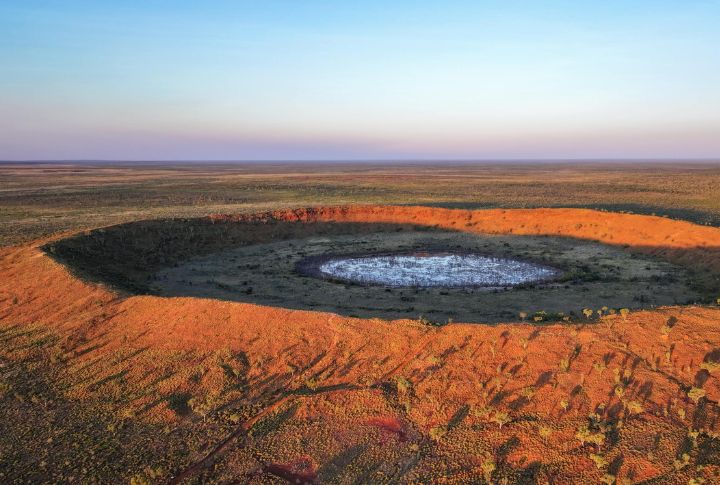
The Wurundjeri Woi-wurrung created the Earth rings by scraping and shaping the soil into 10–25 meters wide circles. These formations weren’t random but ceremonial spaces, possibly used for initiation rites and rooted in spiritual and social traditions.
Old Preservation Battles And Community Voices

The rings almost didn’t survive modern development. In the 1990s and early 2000s, proposals for new housing threatened to erase them. But local Aboriginal groups and heritage activists pushed back hard. Their efforts sparked legal protections and raised public awareness of these irreplaceable cultural landmarks.
More Than Just One Site
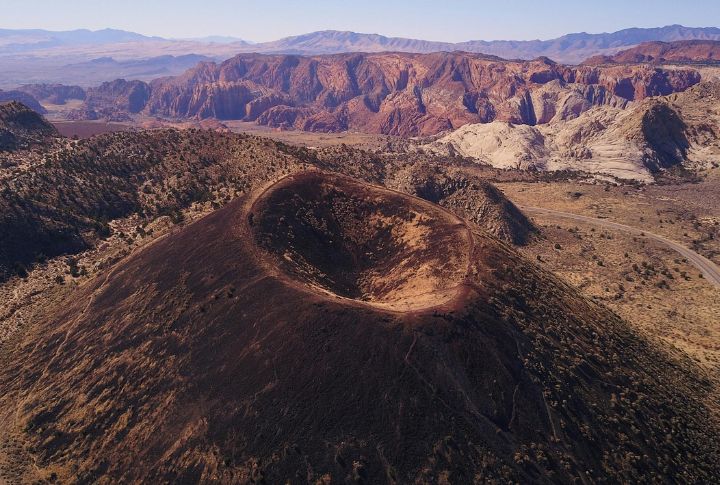
Surprise! There’s more than one Earth ring in Sunbury. At least five major rings have been identified, each with unique sizes and conditions. Some are more intact than others, but all are tied together through spiritual and social significance passed down through Wurundjeri’s oral histories.
How Earth Rings Reveal Eco-Knowledge
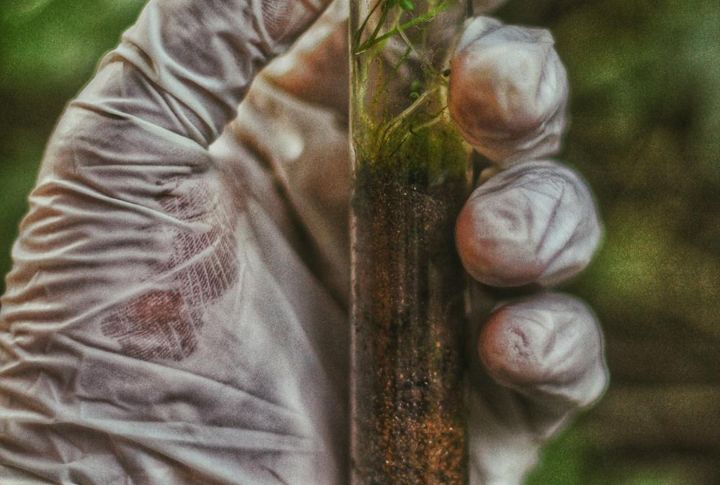
Soil samples from these Earth rings revealed traces of ancient pollen, charcoal, and seeds, giving researchers clues about native plant life thousands of years ago. These findings suggest the Wurundjeri Woi-wurrung actively managed vegetation, possibly using fire to shape ecosystems—a practice now known as cultural burning.
Modern-Day Preservation

Ongoing digital mapping and 3D modeling projects are now preserving the rings in virtual form. Cultural custodians collaborate with researchers to ensure Indigenous knowledge leads the way. The goal? Protect the site both physically and digitally so future generations can connect with this ancient wisdom.
They’re Almost Invisible From the Ground
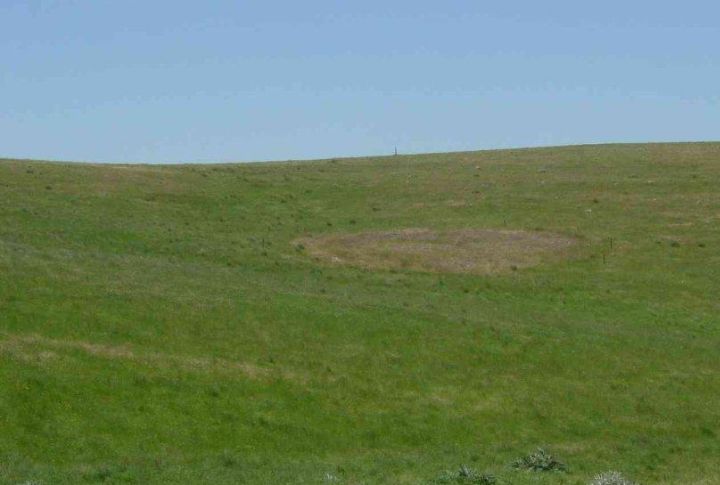
Here’s the twist—most people walk past the rings without even noticing. From the ground, they blend into the grasslands. It wasn’t until aerial surveys and drone photography were used that their perfect geometry stood out. What looked like random dips became unmistakable signs of human design.
Latest Educational Efforts

Efforts continue into 2025, including public education programs and active site monitoring. The focus now is not only on protection but also on sharing the rings’ stories with wider communities through schools, media, and virtual archives.

